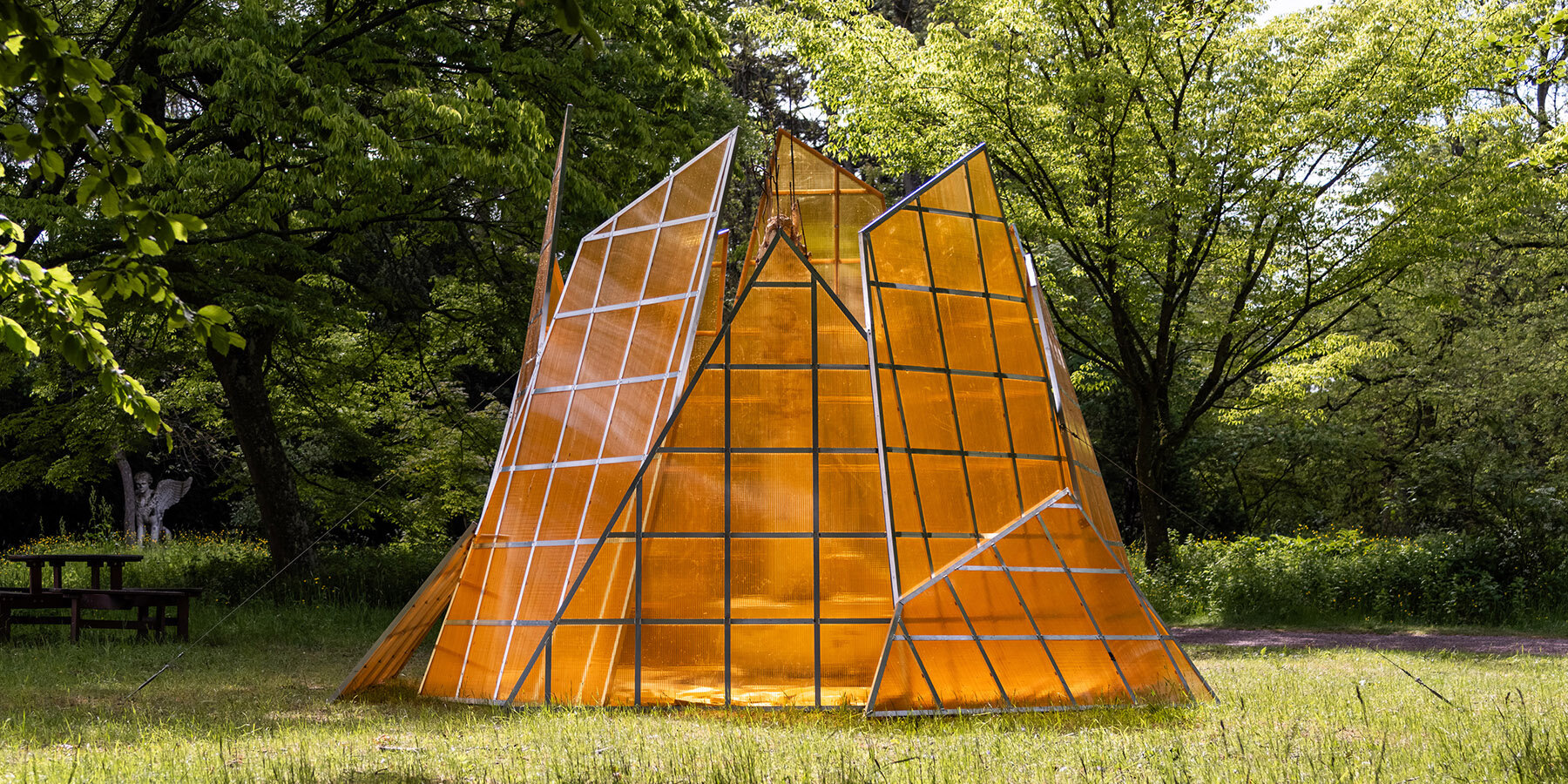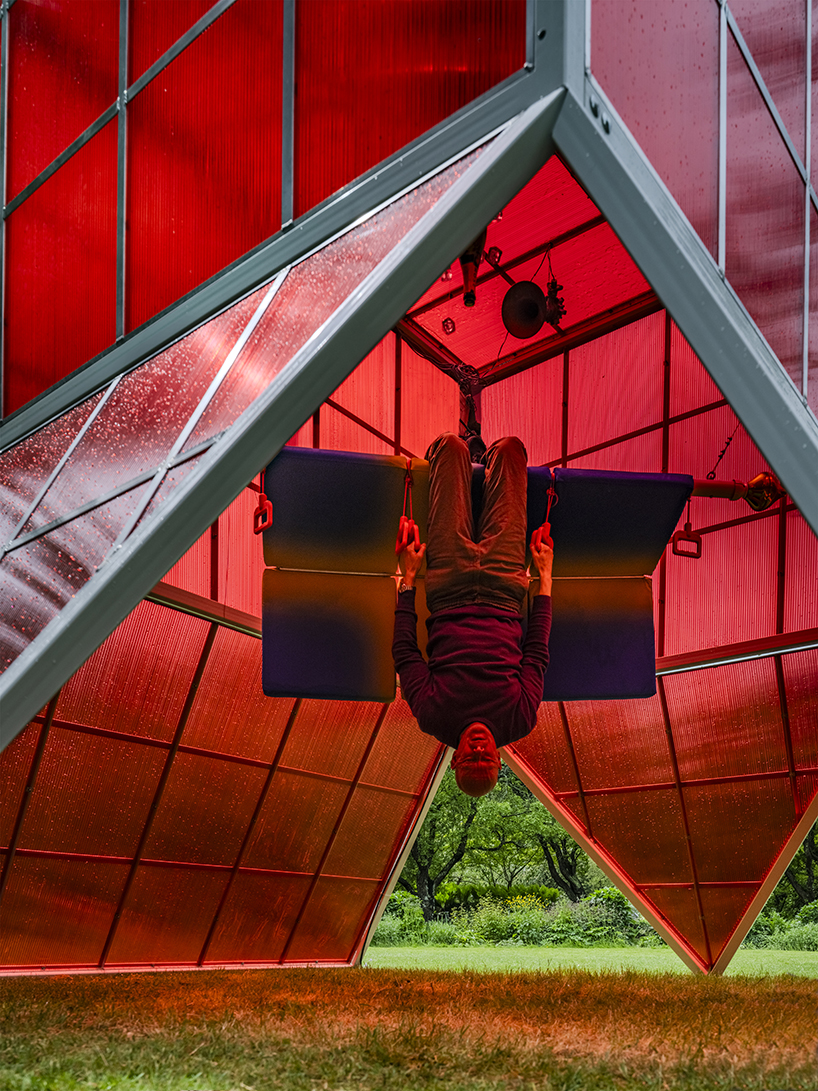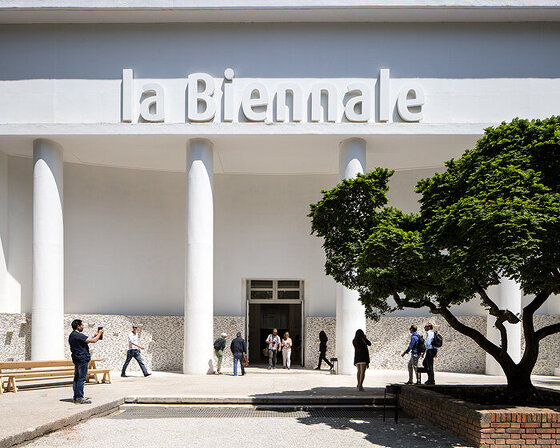
Broken Greenhouse unfolds at Lund’s Botanical Garden

the installation brings abstract futures into tangible view
KEEP UP WITH OUR DAILY AND WEEKLY NEWSLETTERS
happening now! SICIS brings the intricate art of mosaic and innovative materials to interior design, harmonizing every element — from furniture to surfaces — for complete environments.
in an exclusive video interview with designboom, VCUarts qatar talks us through the projects developed by research teams of faculty, students, and alumni.
connections: +930
to help you navigate basel's busiest week, designboom’s guide charts the layers of exhibitions, interventions, and events, in and out of the fairs.
the 2026 edition will move forward under kouoh’s curatorial vision, preserving and expanding her ideas while honoring her legacy.
connections: +750
through the dramatic arrangement of the containers, SpY transforms a conventional passageway into a ceremonial corridor.
connections: +910










































